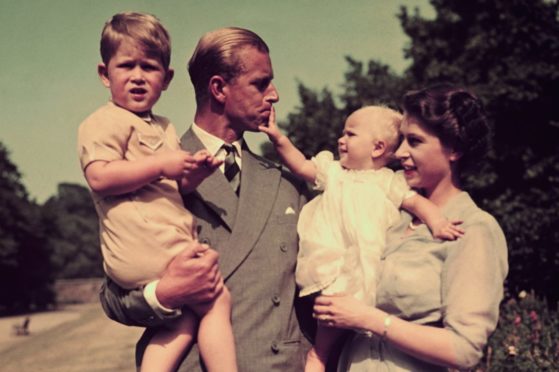
He may have been born in Corfu, into the Greek and Danish royal families, and his astonishing, tumultuous life might have taken him to every corner of the globe.
The Duke of Edinburgh’s heart, however, belonged to Scotland.
His lifelong love affair with the country began when he was sent to Gordonstoun school near Elgin only two years after it was created. Founded by German educationalist Dr Kurt Hahn, a German Jew who fled the Nazis, the school espoused a military-style work ethic.
Philip, whose death was announced on Friday, had previously attended Dr Hahn’s famed Salem School, famous for its strict discipline, in Germany. His new institution in north-east Scotland, where Philip arrived in 1936, had an equally punishing regime. Outdoor expeditions in the unforgiving Highland wilderness were common.
The teenage prince took to the school’s methods; it lit a passion for spartan discipline and the duty of service he retained throughout his life. At Gordonstoun he captained the cricket and hockey teams and became head boy. Among the duties of the boys – and the prince – was painstakingly clearing pebbles from the fields of play.
His wicked sense of humour was evident even as a schoolboy. Philip humorously recalled one of the early hockey games against Elgin Academy’s ladies’ side, saying he hoped that “soon we shall be among the best Scottish girls’ teams”.
His character flourished at Gordonstoun. “Prince Philip is universally trusted, liked and respected,” said Dr Hahn in Philip’s final report. “He has the greatest sense of service of all the boys in the school. He is a born leader but will need the exacting demands of a great service to do justice to himself.”
Despite the praise from his headmaster, Philip was also described during his school days as impulsive, irritable and rude. Dr Hahn would say: “His best is outstanding, his second best isn’t good enough.”
Philip left the school a few weeks shy of his 18th birthday and signed up with the Royal Naval College in Dartmouth.
On the eve of his wedding to Princess Elizabeth in 1947, he took the title of Duke of Edinburgh, with his wife becoming Duchess of Edinburgh. The honorific has only been bestowed on three others since its inception in 1726. It was at Birkhall Lodge – acquired by Prince Albert in 1849 and located seven miles from Balmoral Castle – where Philip reportedly proposed.
The 64,000-acre working estate at Balmoral would become where their children and grandchildren’s romances flourished, too: Charles and Diana also honeymooned there (although Diana was reportedly not a fan) as did the Duke and Duchess of Cambridge.
Following the coronation in 1953, the Queen and Duke of Edinburgh visited Glasgow. If there was any belief they would not be welcomed then the crowds who turned out in their droves put those fears to rest. The number of people was so great that 300 people were injured in the crush.
In 1956 Prince Philip established the Duke Of Edinburgh’s Award, inspired by the Moray Badge he earned for excelling while at Gordonstoun.
The aim of the scheme was to give a range of young people in post-war Britain a sense of achievement. He teamed up with his old mentor Dr Hahn to devise the shape of the Duke Of Edinburgh’s Award. Since then millions of young people have completed the mix of physical and mental challenges to win the award.
In 2005, along with Prince Edward, Philip visited deprived areas including Drumchapel in Glasgow to see how the award could help locals.
Philip would attend the annual ceremony at Holyrood Palace in Edinburgh in front of thousands of youngsters, and appeared at more than 500 Gold Award presentations.
For his part in the success of the scheme, the Duke was modest. “It is the original committee that set up the right formula and it is the volunteers who make it work. What I have done is all incidental,” he later said. “It has had to fit in with whatever else was going on.”
He also held the title of Chancellor of the University of Edinburgh, its longest-serving at 57 years, only retiring in 2010. He was an active figure at the university, according to its former principal, Professor Timothy O’Shea.
“He presided at special graduation ceremonies, he would help me induct the new professors, he came along for senior staff getting long-service awards. He even came to the installation of the rector by the students.”
It was a ceremony Prince Philip was keen to attend. “He was reminiscing with me about riotous installations of the rector, with students throwing flour and doing all sorts of things,” said O’Shea.
“He asked me when the next one was and I said I would let him know. The administration and other colleagues said you mustn’t tell him, but I felt honour-bound to. He immediately, despite attempts from Special Branch, insisted he came along for some uproar. In the event it was quite mild. And he remonstrated with me afterwards, that I’d made it too orderly.”
The disappointment of a sedate night out in Edinburgh aside, the Duke of Edinburgh never lost his passion for all things Scottish and cherished time spent with his family every summer at Balmoral Castle.
The Queen and Prince Philip sent Prince Charles to school at Gordonstoun. Despite warnings from the Queen Mother that he would be “terribly cut off and lonely”, the Duke of Edinburgh insisted his first-born son should board at the school he also attended. Prince Charles said he was bullied at Gordonstoun and later described it as “Colditz in kilts” due to its strict regime.
One episode of TV’s The Crown shows a young Charles sleeping beneath a broken window while it rains. Despite his experiences, his younger brothers Prince Andrew and Prince Edward also attended Gordonstoun.
There were many happier times for Philip and the royal family in Scotland. Charming film footage and pictures also occasionally captured the Duke enjoying time with his growing family away from the public eye.
Some of the most famous moments showed Philip taking charge of a barbecue beside a loch for a documentary that was never again aired after it was first screened in 1969.
But other clips have survived, including black and white footage from 1955 of the Duke larking about with his beloved retriever Candy and pushing a young Prince Charles and Princess Anne on a swing in the garden.
He and the Queen also fussed over ponies called Greensleeves and William as Anne and Charles fed them carrots. In 1960, Philip and the Queen were also filmed showing off seven-month-old Andrew to the cameras in what was the first colour footage of the baby.
A delighted Philip was filmed bouncing Andrew on his lap as he sat on a tartan blanket in front of Balmoral Castle with the Queen, Charles, Anne and three of the family corgis.
The Duke also got into the swing of things at the Ghillies’ Ball at Balmoral in footage filmed in 1990. The then-68-year-old Philip twirled the Queen about the dance floor as he joined in the Eightsome Reel alongside Princess Diana, Princess Anne and the Queen Mother.
The Duke also played a part in apparently devising what became known as the Balmoral Test, as featured in The Crown.
Guests are reportedly invited to the estate where they are judged on an unspoken set of rules and standards set by the royal family. Those who pass the test are welcomed into the family circle.
In the Netflix drama, a young, pre-engagement Diana Spencer is invited by the Duke Of Edinburgh on a deer-stalking expedition at dawn. The purpose is to put a wounded stag out of its misery. Diana, who wins the admiration of the royals with her clothing and decorum, impresses Philip by spotting the deer which he then dispatches with his rifle.
Although Diana is reported to have been liked by Philip at this stage – she eventually called him “Pa” – it’s unclear whether the story is actually true. Like much of The Crown’s plot, events have been fictionalised.
In fact, Diana was later criticised for shooting and wounding a stag while on a hunting trip with Prince Charles. She even took part in a ritual where the blood of the slain animal was smeared on her forehead.
Following criticism in the press, she renounced bloodsports entirely. However, royal watchers believed Diana did pass the very real Balmoral Test.
Penny Junor, author of Charles And Diana: A Picture Of A Marriage And The Duchess, told The Sunday Post: “Diana appeared to be a very funny, happy-go-lucky, unsophisticated girl, who seemed to love everything about Balmoral and love all the things Charles loved. She was really smitten by him.”
When Charles’s liaison with Diana hit headlines, Prince Philip sent a memo urging his son to either propose or let Diana go to save her reputation.
In the wake of the memo, Charles and Diana were engaged.
Known for his controversial comments and attempts at humour, the Duke of Edinburgh was no different while visiting Scotland. In 1995, one of his gags made headlines around the world.
He was chatting to a driving instructor in Oban and quipped: “How do you keep the natives off the booze long enough to get them through the test?”
The Duke was also a familiar and welcome face at the annual Braemar Gathering, where he and the Queen would thrill the crowds when they arrived to watch the traditional Highland games.
He would of course insist on wearing his kilt during his visits to the event. He was snapped watching the action in 2017 as the Queen sat beside him wrapped in a tartan blanket.
They had enjoyed a day out in Braemar before taking time out from their summer break to travel to Fife for the official opening of the £1.3 billion Queensferry Crossing, the UK’s tallest bridge.
Philip visited the Forth Road Bridge for its royal opening in 1964, and followed it up by taking an interest in the construction of the new crossing, and paying it a visit before its opening.
Workers were instructed to resist walking slowly for the sprightly 95-year-old’s benefit – and under no circumstances to talk to him like he was an old man.
Philip had chosen the opening of the landmark bridge for his first official engagement alongside the Queen since retiring from solo duties – and it was perhaps apt that he picked Scotland for the joint appearance.
In a nod to his affection for the landmark, the royal plan enacted following his death on Friday was codenamed Operation Forth Road Bridge.
The Duke maintained links with Gordonstoun, and gave his name to the Prince Philip Gordonstoun Foundation in 2019, set up to offer financial support to ensure a diverse range of students could attend the school.
Although he retired from public life in 2017, Philip continued to return to Scotland.
He and the Queen were able to return to Balmoral last year for what proved to be the Duke’s final visit to the estate, and the country, where he felt truly at home.

Enjoy the convenience of having The Sunday Post delivered as a digital ePaper straight to your smartphone, tablet or computer.
Subscribe for only £5.49 a month and enjoy all the benefits of the printed paper as a digital replica.
Subscribe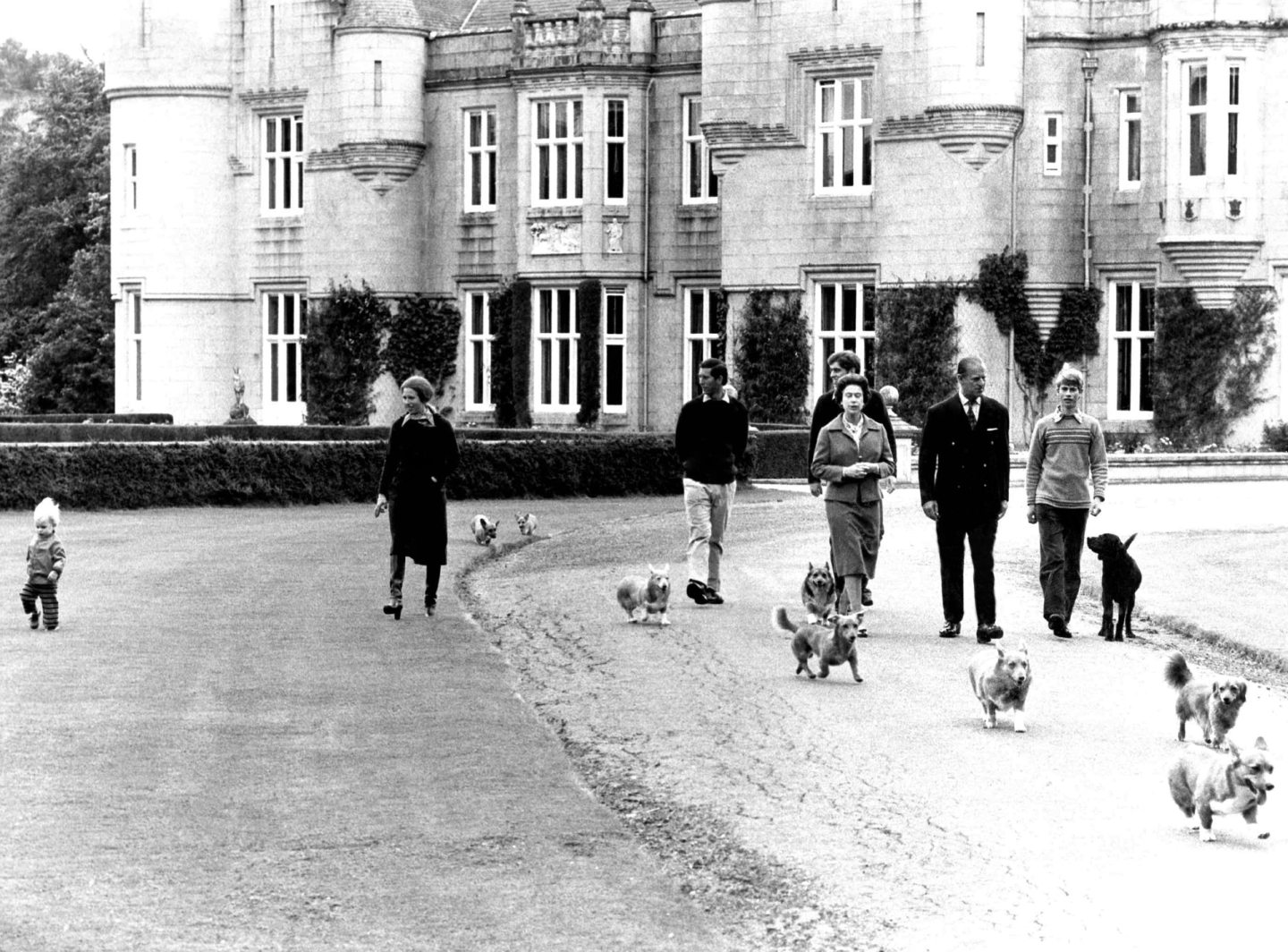 © Alamy Stock Photo
© Alamy Stock Photo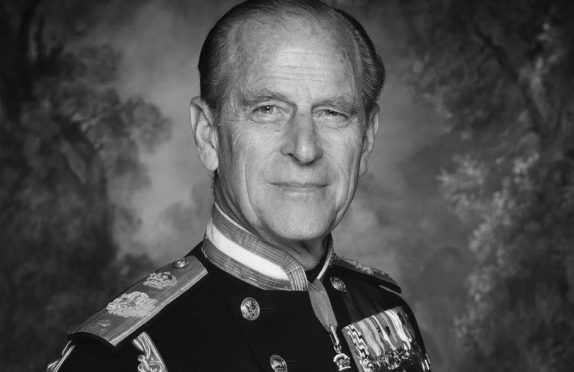
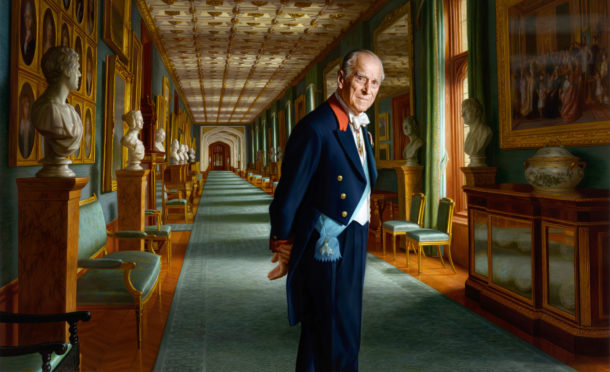
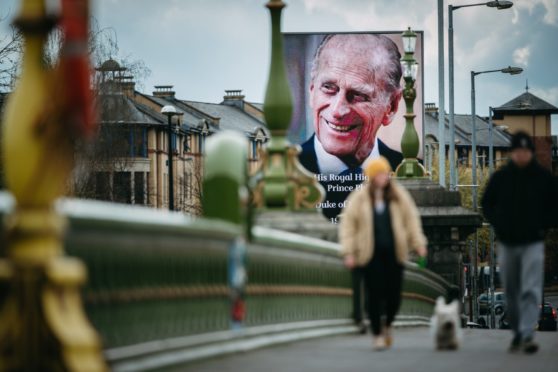
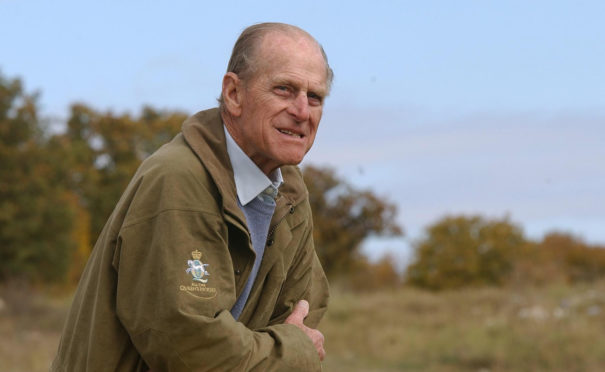
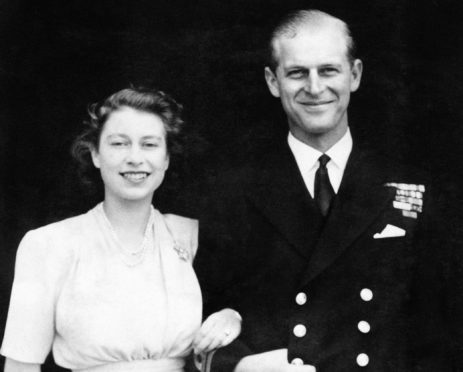
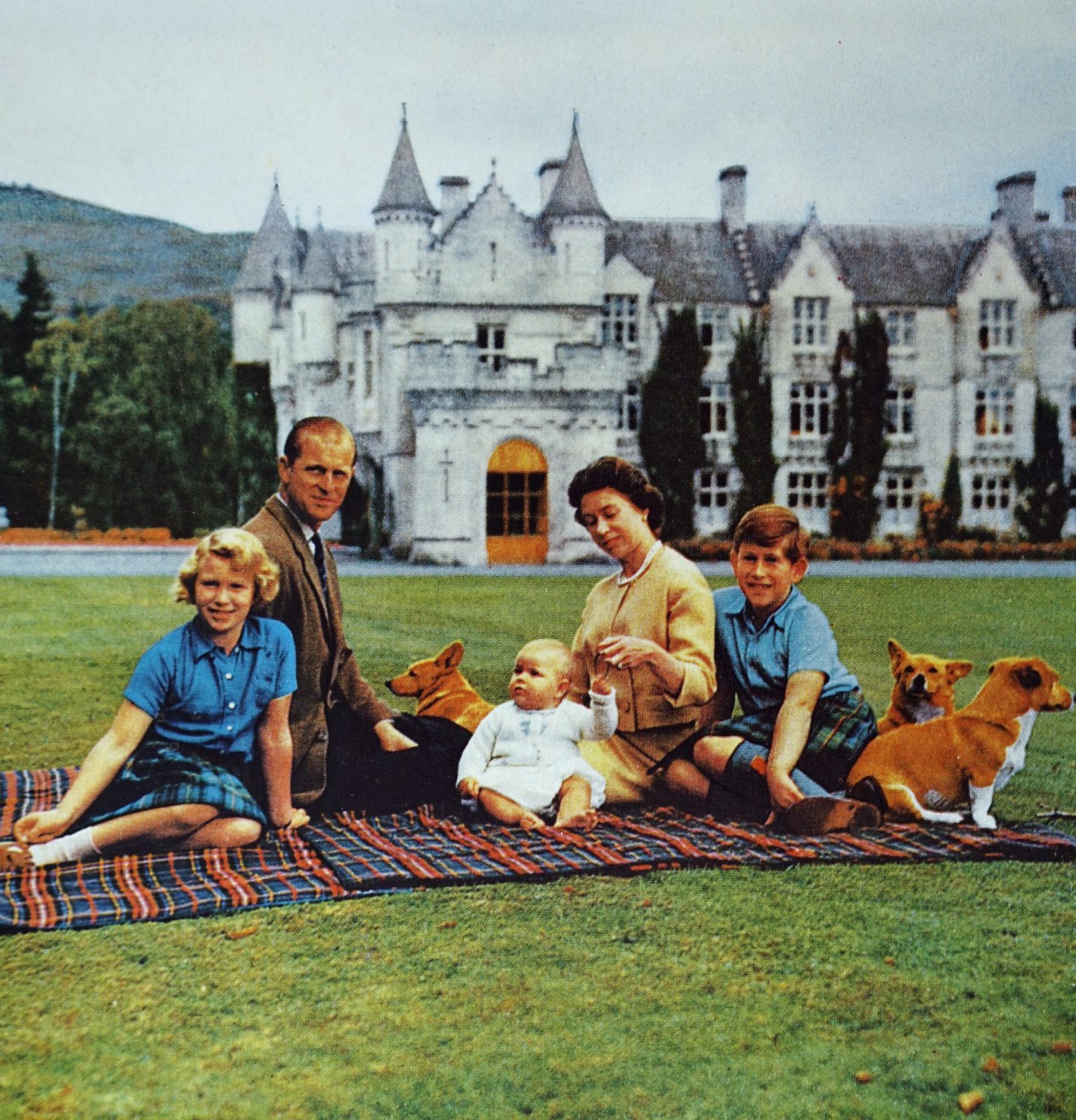 © Universal History Archive
© Universal History Archive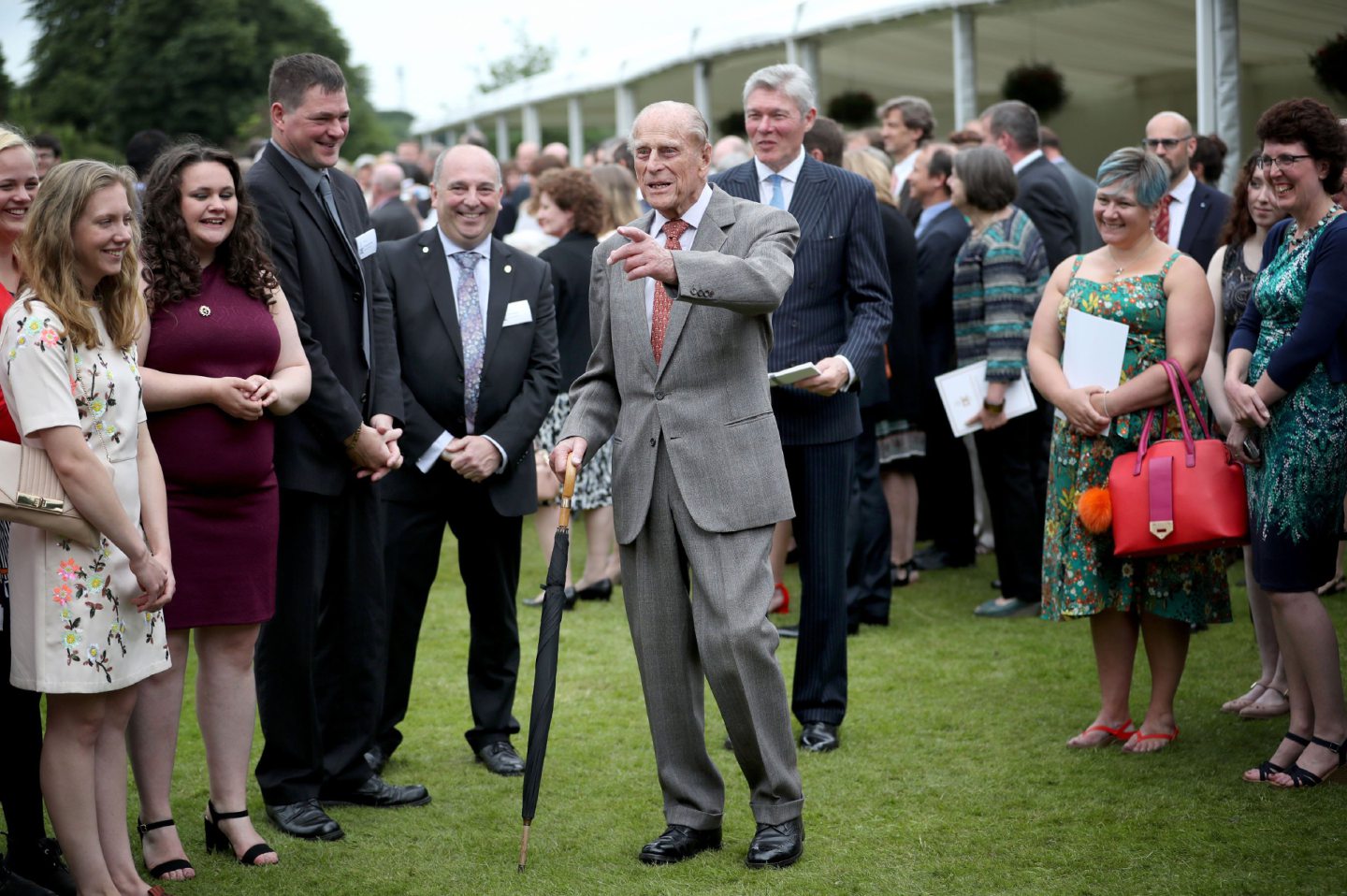 © Jane Barlow/Pa Wire/Shutterstock
© Jane Barlow/Pa Wire/Shutterstock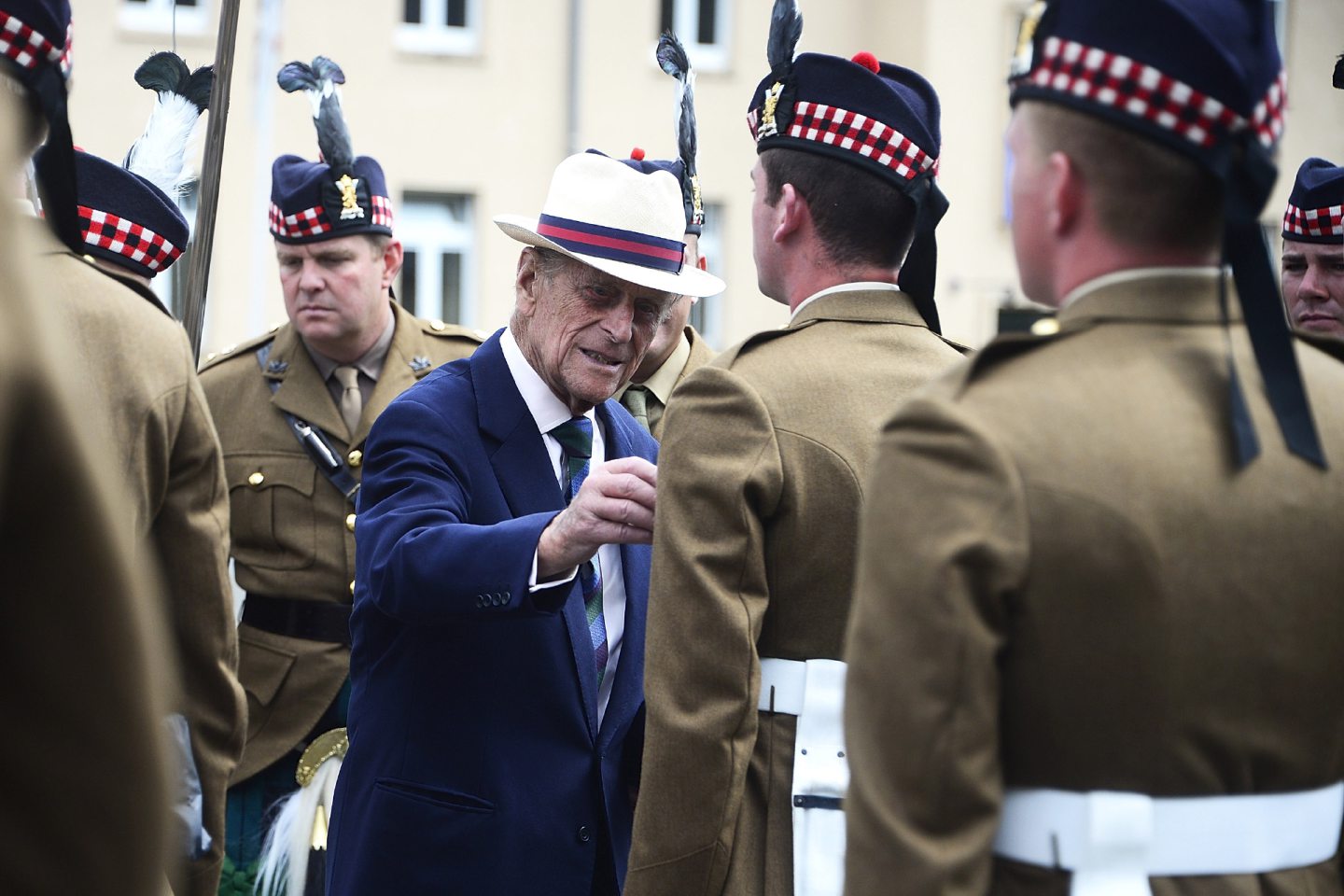 © PA
© PA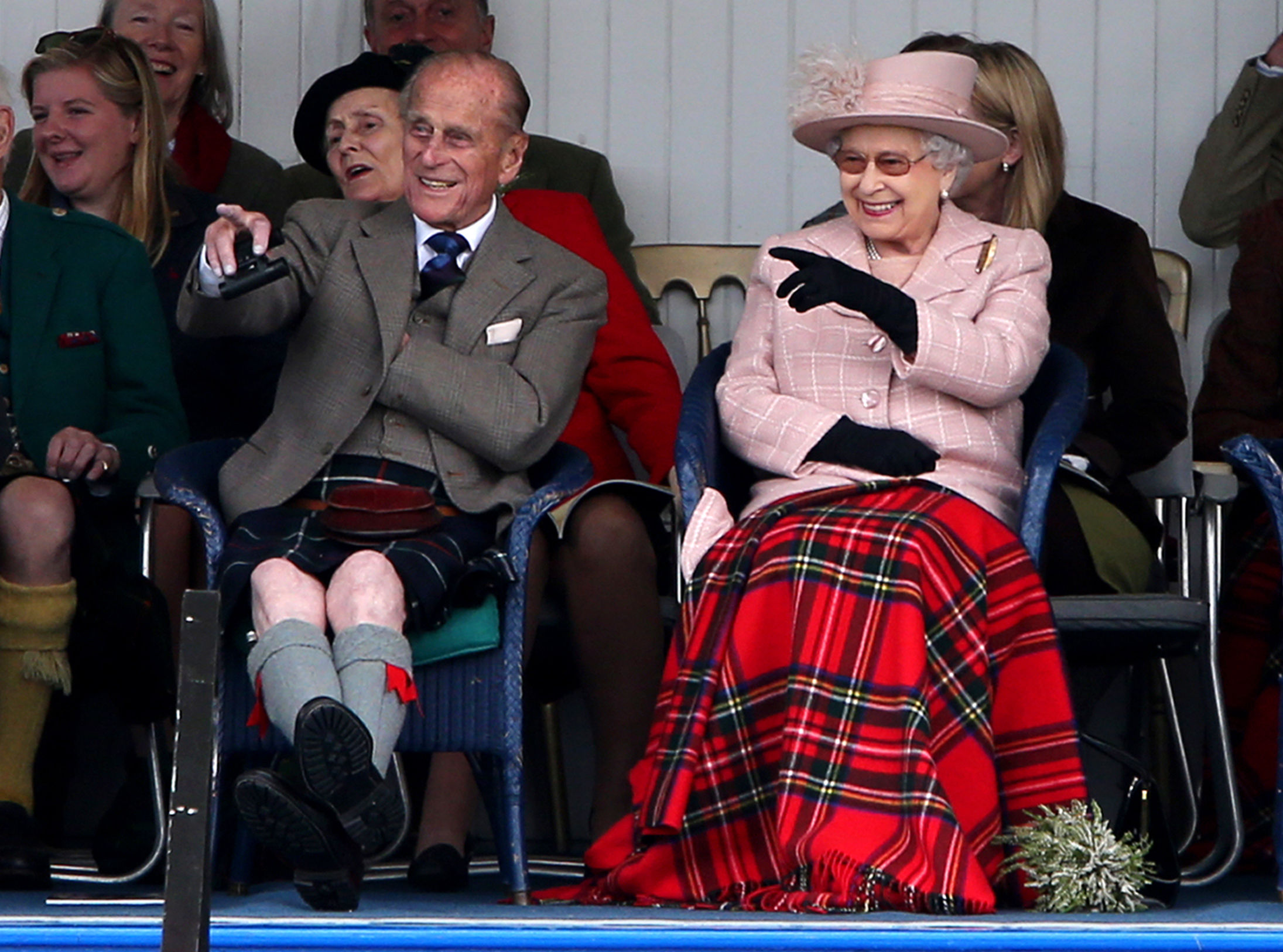 © Andrew Milligan/PA Wire
© Andrew Milligan/PA Wire